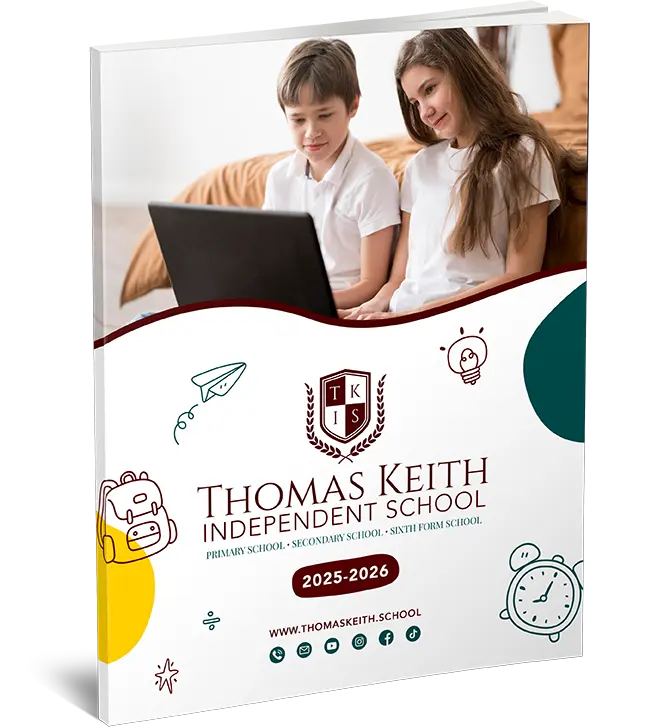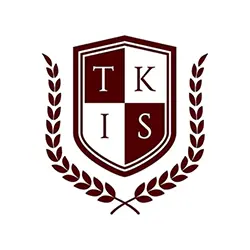Introduction To British Council Connecting Classrooms
The world is becoming more interconnected, and fostering global understanding has never been more vital. The British Council Connecting Classrooms initiative stands as a testament to this mission, enhancing global education by bridging schools and empowering students.
What Is The British Council Connecting Classrooms?
The British Council is globally renowned for its work in promoting educational and cultural exchange. Connecting Classrooms is one of its flagship programmes, designed to create a collaborative environment where students from different countries can share knowledge, develop new skills, and foster mutual respect and understanding. This initiative connects schools across the world, enabling students and teachers to participate in joint learning projects.

Objectives Of The Connecting Classrooms Initiative
The primary objectives of the Connecting Classrooms programme are to:
- Enhance Global Competence: Equip students with the skills needed to navigate an increasingly globalised world, including cultural awareness and empathy.
- Promote Collaborative Learning: Foster teamwork and partnerships between schools across countries, enriching the educational experience.
- Support Teachers: Provide professional development opportunities for educators, so they can better facilitate global learning projects.
The Role Of Digital Education In Connecting Classrooms
In today’s digital age, online learning has become a cornerstone of education. Programmes like Connecting Classrooms leverage technology to transcend geographical boundaries. The use of virtual classrooms, webinars, and online exchanges means that even the most remote schools can participate in global learning initiatives.
How Thomas Keith Independent School Participates
Thomas Keith Independent School, a prominent online British school, exemplifies the principles set by the Connecting Classrooms programme. This independent school has incorporated a curriculum that not only adheres to high academic standards but also incorporates global projects and cross-cultural lessons.
Innovative Online Learning Approaches
At Thomas Keith, students engage in:
- Interactive Projects: These projects encourage collaboration between students from different backgrounds and regions. For example, a recent project connected students from Thomas Keith with peers in schools across Africa, where they discussed and worked on joint presentations regarding sustainability.
- Global Skills Development: Lessons at Thomas Keith Independent School are tailored to enhance students’ global competence, which includes problem-solving and communication skills crucial for international collaboration.

Benefits For Students And Teachers
The impact of Connecting Classrooms extends beyond immediate educational gains.
Here’s how it benefits both students and educators:
For Students:
- Cultural Awareness: Working with peers from various cultures fosters a deeper understanding and appreciation of diversity.
- Critical Thinking: Participation in joint projects enhances critical thinking skills, as students must navigate different perspectives and approaches.
- Communication Skills: Regular interactions with students from other schools build confidence and improve language and communication skills.
For Teachers:
- Professional Development: Teachers receive training on how to integrate global education themes into their lessons.
- Innovative Teaching Methods: Educators are encouraged to adopt creative strategies that move beyond traditional classroom practices.
The Link Between Global Citizenship And Education
Programmes like Connecting Classrooms play a crucial role in nurturing global citizens. In an era marked by shared global challenges, students must develop a sense of responsibility that goes beyond their immediate surroundings.
Thomas Keith Independent School embodies this approach by instilling values of sustainability, collaboration, and social responsibility into its curriculum. Students learn not just academic subjects but also real-world skills, such as how to contribute positively to global issues.
Challenges And Overcoming Barriers
While the Connecting Classrooms initiative is transformative, it does come with challenges:
- Access to Technology: Not all schools have the infrastructure needed to fully participate in digital collaboration.
- Language Barriers: While English is often the common language, language differences can sometimes hinder smooth communication.
- Teacher Training: Teachers may need ongoing support to effectively use the tools and methodologies required for successful cross-cultural projects.
Addressing These Challenges
The British Council, along with participating schools like Thomas Keith Independent School, works to bridge these gaps through targeted support, funding opportunities, and professional development programs tailored to various educational needs.
How Schools Can Participate
Schools looking to join the Connecting Classrooms programme can do so by registering through the British Council’s official channels. Upon registration, schools receive access to:
- Training resources: Workshops and courses for teachers to learn how to guide students in collaborative projects.
- Project templates: Ideas and guidelines on initiating cross-cultural projects.
- Networking opportunities: Connections with partner schools across the globe.
Conclusion
The British Council Connecting Classrooms programme is more than an initiative; it’s a bridge to a future where education is both local and global. Schools like Thomas Keith Independent School illustrate how these principles can be implemented, showcasing the power of digital tools and innovative teaching. The outcome is a generation of students who are not only academically proficient but also prepared to thrive in a globalised world.
FAQs
- What is the British Council Connecting Classrooms initiative?
The British Council Connecting Classrooms is a global education programme aimed at connecting schools across different countries to promote global learning and collaborative projects. - How does Thomas Keith Independent School participate in this initiative?
Thomas Keith incorporates projects and lessons focused on international collaboration and global skills development, aligning with the principles of Connecting Classrooms. - What benefits do students gain from participating in Connecting Classrooms?
Students gain cultural awareness, improved communication skills, and the ability to think critically and work collaboratively with peers worldwide. - What challenges does the initiative face?
Challenges include technology access, language barriers, and the need for continuous teacher training. The British Council works to mitigate these through support and resources. - How can other schools join the programme?
Schools can register through the British Council’s official channels to gain access to training, project guidelines, and networking opportunities.




